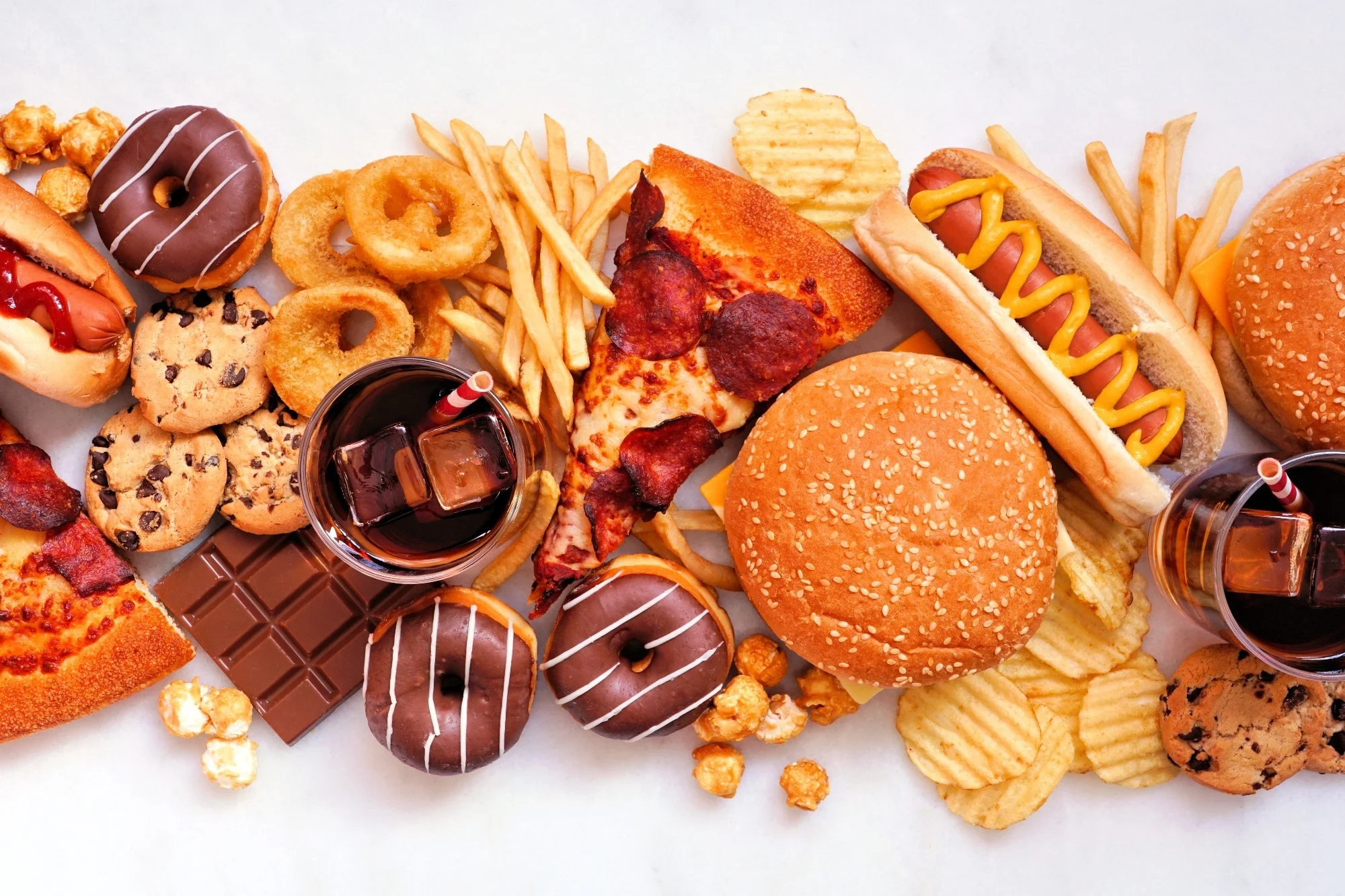The impact of processed foods on health is a major public health concern, as these foods are increasingly dominant in modern diets. your diet plays a crucial role in maintaining your overall health

What Are Processed Foods?
Processed foods are foods that have been altered from their natural state for safety, convenience, shelf-life, or taste. The extent of processing can vary: The U.S. Department of Agriculture (USDA) defines a processed food as one that has undergone any changes to its natural state—that is, any raw agricultural commodity subjected to washing, cleaning, milling, cutting, chopping, heating, pasteurizing, blanching, cooking, canning, freezing, drying, dehydrating, mixing, packaging, or other procedures that alter the food from its natural state. The food may include the addition of other ingredients such as preservatives, flavors, nutrients and other food additives or substances approved for use in food products, such as salt, sugars, and fats.
Types of Processed Foods:
- Minimally Processed: Washed, chopped, or frozen vegetables, roasted nuts.
- Processed Culinary Ingredients: Oils, sugar, salt.
- Processed Foods: Canned vegetables, cheeses, breads.
- Ultra-Processed Foods (UPFs): Industrial formulations made with ingredients not commonly used in home cooking (e.g., flavor enhancers, preservatives, colorants).
Examples: packaged snacks, soft drinks, instant noodles, frozen meals, sweetened breakfast cereals.
| Processing Level | Description | Examples |
|---|---|---|
| Unprocessed/Minimally Processed | Natural state or minimal changes (cleaning, freezing) | Fresh fruits, frozen vegetables |
| Processed Culinary Ingredients | Extracted from natural foods for cooking | Oil, sugar, salt |
| Processed Foods | Foods altered by adding ingredients (sugar, salt, oil) | Canned beans, cheese, bread |
| Ultra-Processed Foods (UPFs) | Industrial formulations with additives, minimal real food content | Sodas, instant noodles, snacks |
Health Risks Associated with Processed Foods
A. Nutritional Deficiencies
- Low in essential nutrients: fiber, protein, vitamins, minerals.
- High in: refined sugars, sodium, unhealthy fats, additives.
B. Overeating & Weight Gain
- High palatability leads to overconsumption.
- Low satiety value due to refined carbs and fats.
- Portion sizes are often larger than needed.
C. Obesity & Metabolic Syndrome
- UPFs linked to central obesity, insulin resistance, dyslipidemia.
- Metabolic syndrome increases risk for heart disease and diabetes.
D. Cardiovascular Disease
- Excess sodium → high blood pressure.
- Trans and saturated fats → atherosclerosis, heart attacks.
E. Type 2 Diabetes
- High glycemic index and sugar → glucose spikes, insulin exhaustion.
- Strong correlation between UPF consumption and diabetes prevalence.
F. Cancer
- Processed meats → colorectal cancer (Group 1 carcinogen, WHO).
- Additives and preservatives (e.g., nitrates) form carcinogens (nitrosamines).
G. Mental Health Disorders
- UPFs associated with depression, anxiety, cognitive decline.
- Mechanism: inflammation, blood sugar variability, microbiome impact.
Gut Microbiome Disruption
- Low fiber intake → reduced gut bacteria diversity.
- Additives (emulsifiers, sweeteners) alter gut lining and microbiota.
- Dysbiosis → Inflammation, obesity, mood disorders.
Key Takeaway
“The more food is processed, the less it resembles real food — and the more it harms health.”
Minimizing ultra-processed food intake and choosing whole or minimally processed options is essential for long-term physical and mental health.

How to Reduce Processed Food Intake
🔄 Substitution Tips:
- Soda → water with lemon or herbal teas
- Chips → nuts or roasted chickpeas
- Packaged sweets → fresh fruits or homemade snacks
🍽️ Dietary Guidelines:
- Follow a whole-food-based diet: vegetables, fruits, legumes, nuts, whole grains, lean proteins.
- Read labels: Avoid long ingredient lists with unrecognizable additives.
- Cook more meals at home to control ingredients.


Pingback: Gut health: How it gets disturbed & 10 Healthy ways to improve gut health - Nutriphyfit